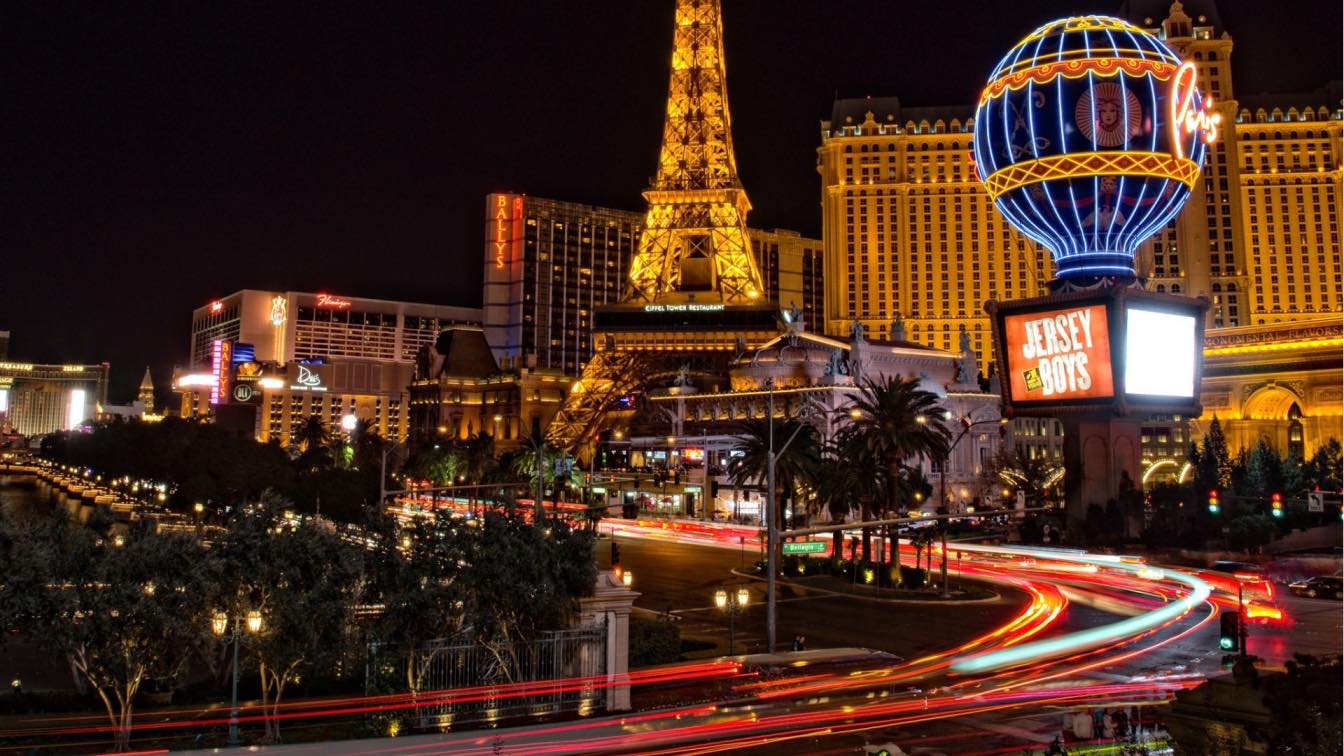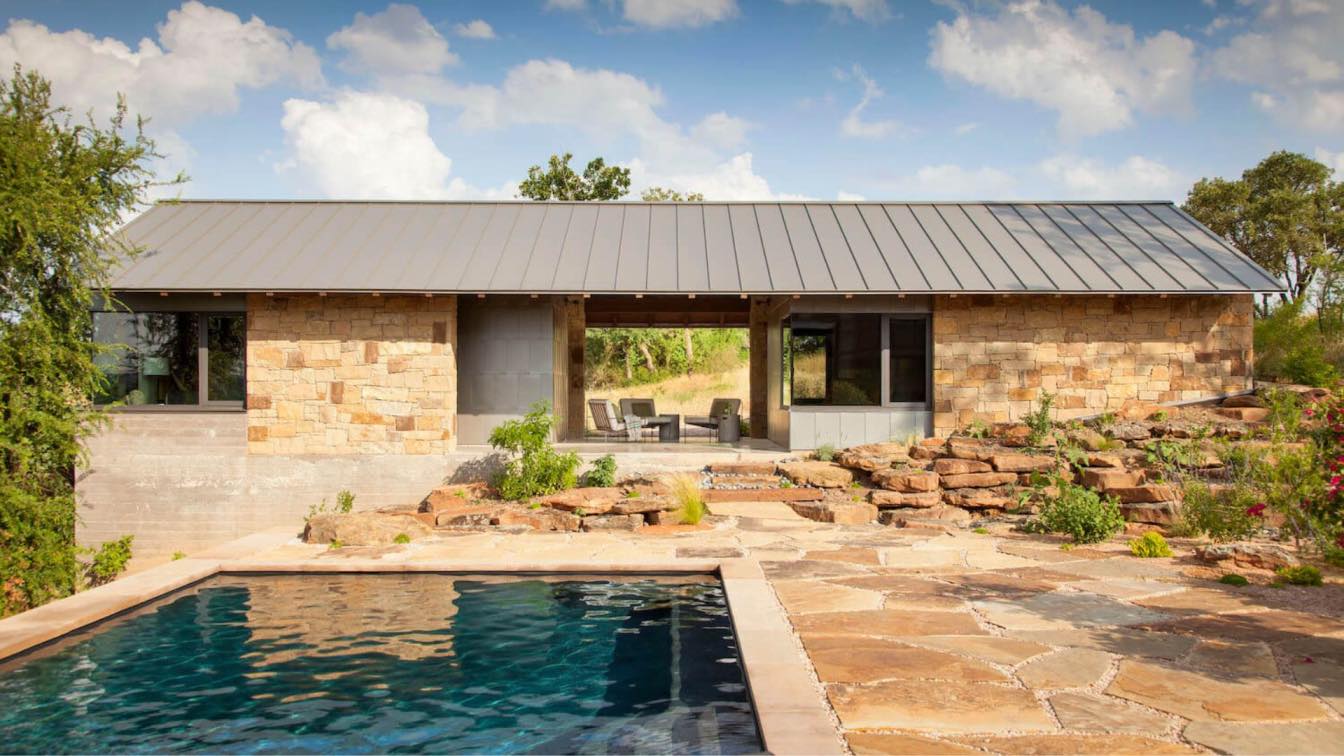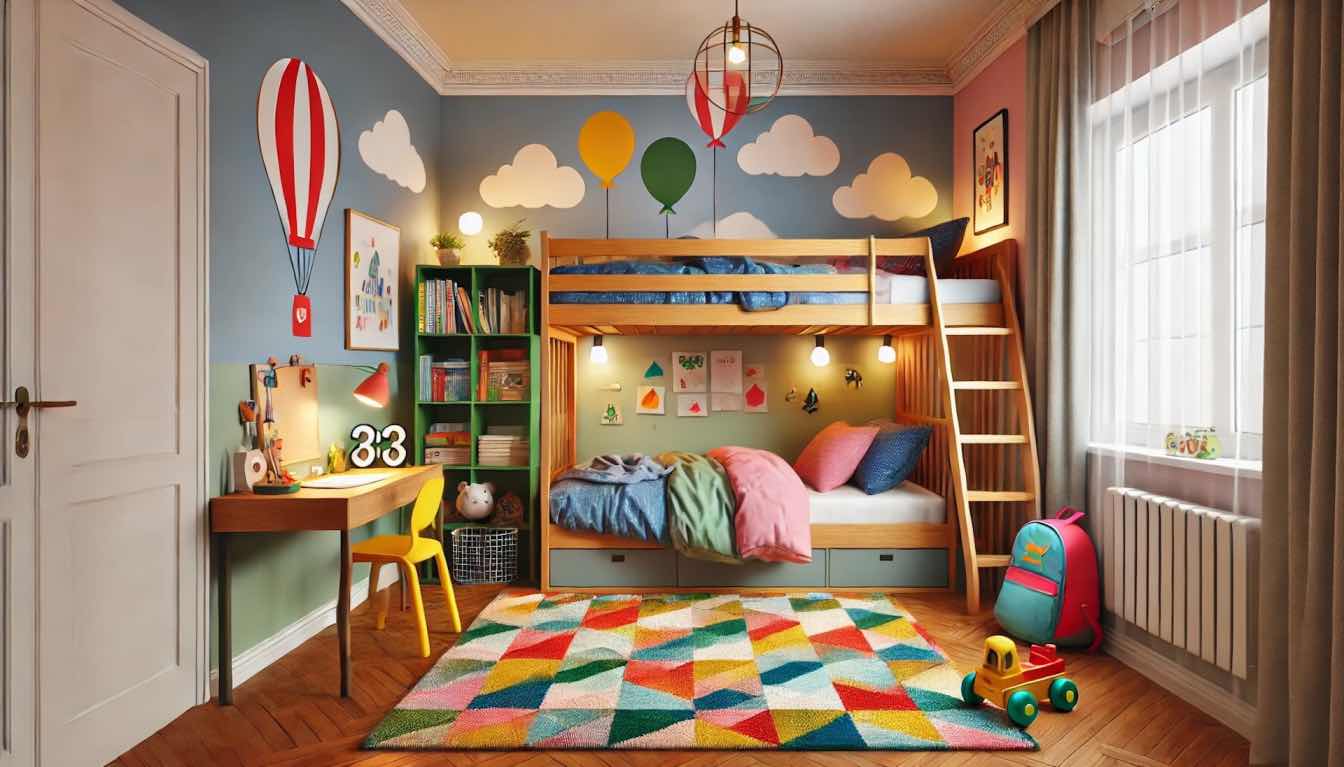“Architecture is art, nothing else.”—Phillip Johnson
While reminiscing about art in architecture, glorious pictures of the Sagrada Familia, Barcelona, the ornate Havelis of Rajasthan and the later evolvements such as the Iscon Lotus Temple, New Delhi, the Sidney Opera House, Australia, Quadracci Pavilion, Wisconsin, and others immediately cross the mind. These are all icons designed and built with an eye for their architecture to have a lasting impact. They are all artistic compositions with the play of form, light, materials and construction ingenuity. They are the reflections of the strong tilt of the architects/organizations towards art. It would be observed that in all the earlier classical styles that evolved in architecture across the world, art always enjoyed being high on the priority list. In the Industrial Age the focus shifted more towards automation. And the phase of modernism and deconstruction saw the vocabulary go on a different tangent. Master architect Frank Gehry’s Walt Disney Concert Hall, Los Angeles, using stainless steel and completed in 2003 would be an appropriate example to put across the new synergies between art and architecture in this era.
Would anybody contradict the fact that art is inherent in architecture? Their bond is magnetic. Whether it be the magnificent temple architecture of ancient India like the Khajuraho temples, or then the glorious church architecture of the Saint Basil’s Cathedral, Moscow, no matter which era we may talk about, the strong rapport between them has sustained in spite of society’s transforming aspirations and the advent of technology. We have travelled far – from the scenic paintings on the facades/interiors of rural dwellings to the extensive urban graffiti witnessed today.
In the Indian context, contemporary architects here, in spite of the strong stereotyped global design influence, have been consistently interpreting traditional and modern art through form and other design elements. Yes, there have been time modules in the post-independence architecture in the country where there has been a blind herd mentality in pursuing architecture trends that had no context and relevance in the cultural and geographic structuring of the country. But the strong resilience and roots in traditional architecture and a built-in meditative and balancing rationality, have kept the Indian architects exploring diverse architecture methodologies to create aesthetics that stand apart for their holistic ingenuity.
In the present fast paced lifestyle, we have long shifted from intricate carvings/labor intensive details to technology aided design to shape our buildings and environs. Each day, we are further probing the dynamics of parametric design. Has the artistic pulse been lost in the process? I would say not. The interpretation/portrayal of art in architecture in the contemporary times may be in varied avatars, but its resonance has power. Many often feel frustrated that in this computer-generated design age, art is a forgotten entity. Pierre Auguste Renoir echoes this concern, “The modern architect is, generally speaking, art’s greatest enemy.” But if we observe keenly, there are forces in architecture that are balancing technology’s ‘rugged cold feel’ with innovation. Walter Gropius aptly put it when he observed, “Art and technology- a new unity.”
In the twenty-first century, where architecture for the masses has come to the forefront, aesthetics then, to quite an extent gets governed by functionality and society’s preference also. What really becomes important today is design respecting the cultural, geographic and socio-economic context and thus bringing forth these factors through diverse idioms. In the bygone days, architects never ever had to address issues such as sustainability, global warming, energy conservation, pollution, etc. Design orientation is getting molded accordingly. However, whether it be developed countries or then developing ones, it will be very difficult to suppress the charismatic creativity in architecture linked to art. Our strong vernacular roots would always be there as the guiding beams. International master Luis Barragan makes a definitive statement when he says, “Architecture is an art when one consciously or unconsciously creates aesthetic emotion in the atmosphere and when this environment produces well-being.”
Of course, there is a new and lingering, purposeful and luminating vocabulary emerging between art and architecture in this contemporary age where there is assess to the best of technology, materials and brains. There apparently is a new visual aesthetics evolving. And if one observes, there is another key component added – that of attempting in making nature an inclusive element of the built form. Yes, in the present phase, human aspirations are soaring high. Yes, one could say that we are at the crossroads where a strong churning process is on to pave the way forward for architecture to respond pragmatically - exploring the mystic powers that come with it – whether it be expression of art, emotion or then even design processed through artificial intelligence.
(Architect Suneet Paul based in Delhi, is a former editor-in-chief of Architecture + Design. He has penned numerous articles on design/travel/lifestyle, authored a couple of short fiction books, and has won awards for his dedicated contribution to the profession.)





